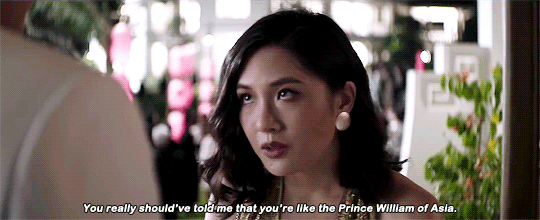Crazy Rich Asians & What You Can Learn About Chinese Culture (Contains Spoilers)| 7 min read
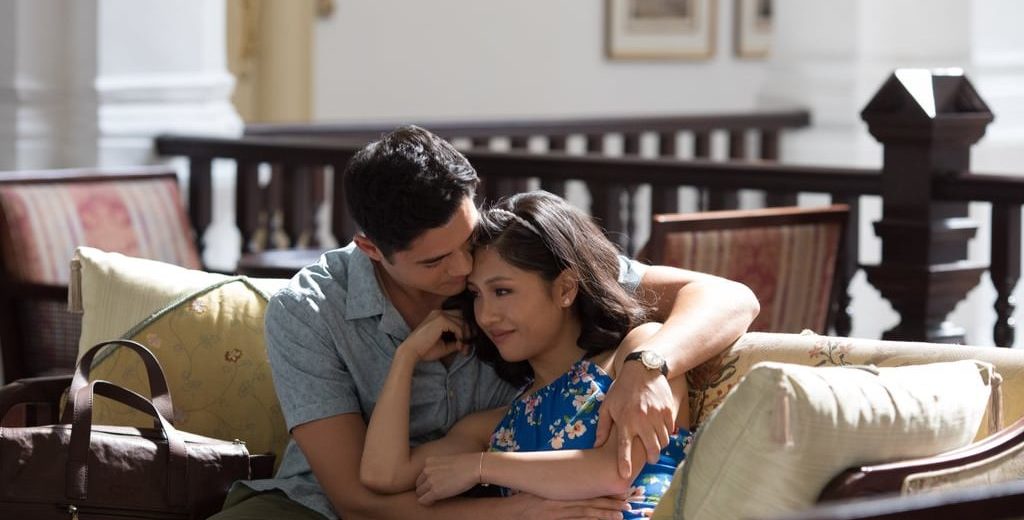
Directed by Jon M. Chu, Crazy Rich Asians is the new, unique Hollywood film featuring an all-Asian or Asian-American cast.
The plot follows Rachel Chu, an American-Born-Chinese NYU economics professor who goes to Singapore with her boyfriend Nick Young to attend his best friend’s wedding. In Singapore, Rachel must then face Nick’s Singaporean-born, strict and disapproving mother.
What makes this movie so enticing is that the cast is not relegated to stereotypical roles. For once, there’s no martial arts and no racial expectations!
Nonetheless, the complexities of the Asian diaspora cannot be addressed in one rom-com. But we can all take something away from this hilarious movie.
And even though this film doesn’t represent Singaporeans/Chinese to a tee, you can still learn quite a bit about the differences between the East and the West. China and Singapore is not one and the same but given the movie’s popularity and China’s influence in Singapore, we think it might be interesting to analyse which scenes explicitly relate to Chinese/Eastern culture.
Keep in mind this isn’t a review of the film. Just sharing 6 moments that may teach you a lil’ something about Chinese culture.
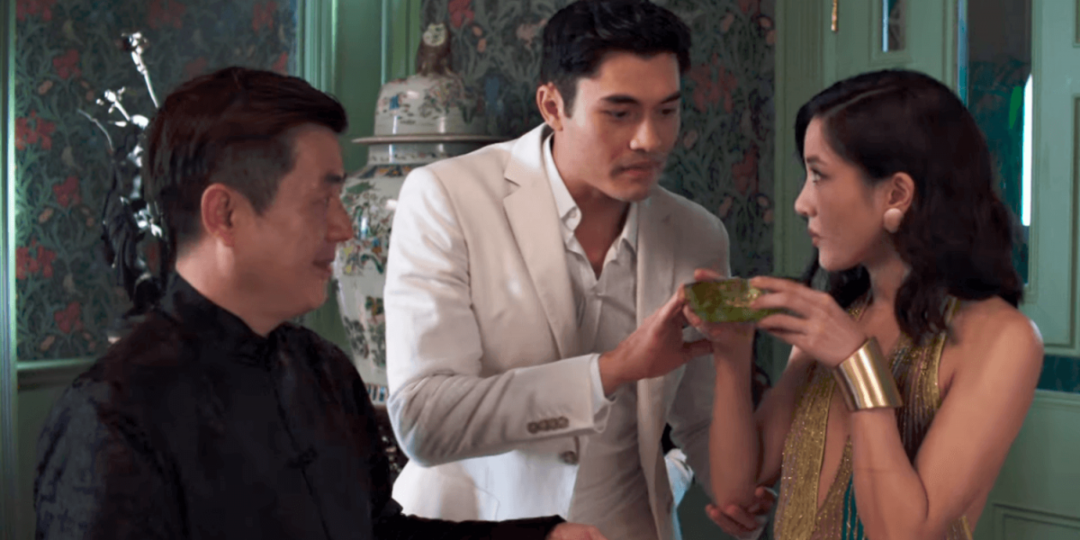
Image Source: Warner Bros.
1. To drink or to wash?
When Rachel shows up at Nick’s grandmother’s gathering, she’s offered fragrant water in a green glass bowl. Automatically, she picks up the bowl to drink it. BUT – it’s meant for hand washing!
This etiquette is very familiar in upscale Chinese restaurants, especially seafood restaurants. For more information on eating and drinking customs in China, check this out.
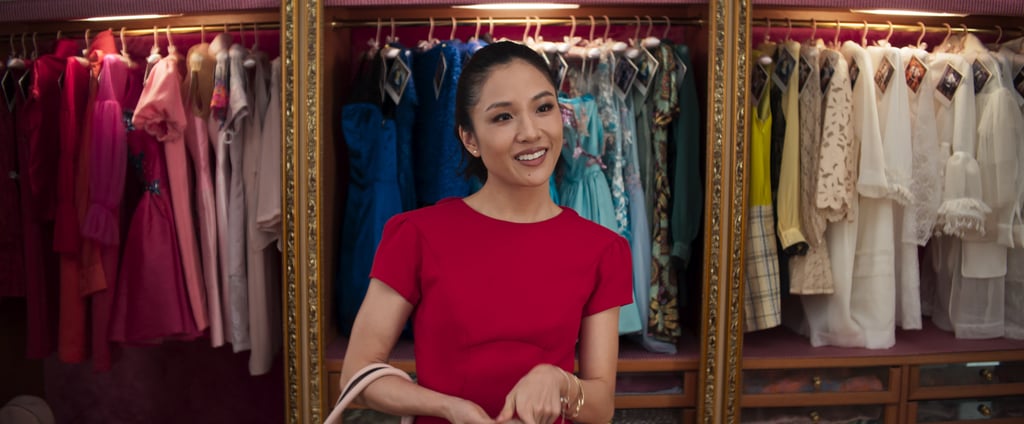
Image Source: Warner Bros.
2. The red dress
Before Rachel leaves for Singapore, her mother (Kerry) criticises her fashion taste. Kerry exclaims that blue and white are the colours worn to Chinese funerals. Ancient Chinese people wore white clothes and hats only when they mourned for the dead.
Rather, Kerry suggests wearing the “lucky color” red. In China, red symbolises good luck, prosperity and joy.
3. Call me Auntie
How to address a Chinese is quite complicated, even for Rachel Chu. In Chinese cultures, when addressing your parents’ friends, your friends’ parents, or elder female acquaintances, it is courtesy to call them Auntie (a yi) or Uncle (shu shu).
This way of addressing someone connotes a sense of community in Chinese culture.
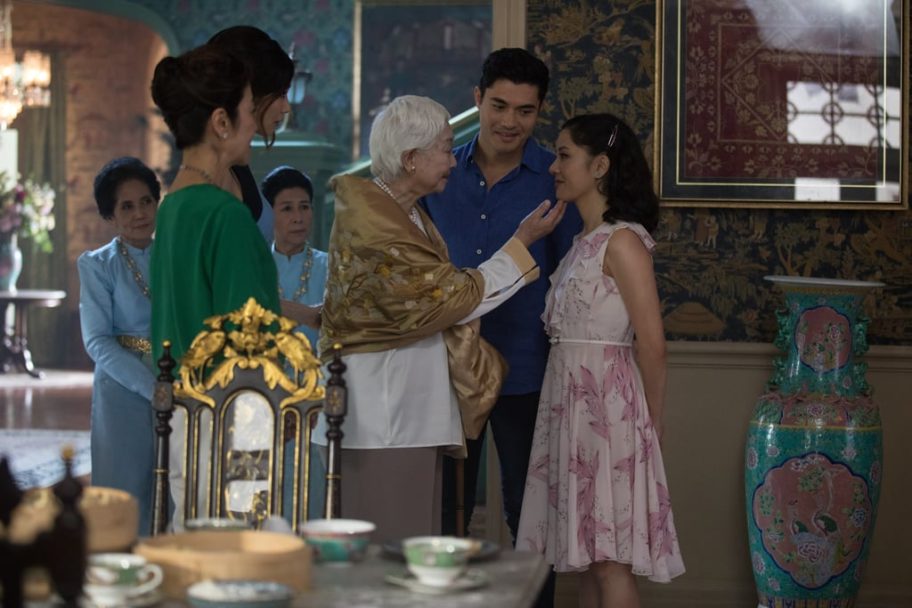
Image Source: Warner Bros.
4. It goes beyond just dumplings
With a history of more than 1,800 years, did you know dumplings were originally used to cure illness? In China, especially during Chinese New Year, it is tradition for families to gather together and make dumplings (jiaozi). The shape of the Chinese dumpling is similar to ancient gold or silver ingots, symbolising prosperity and wealth.
Food is a huge part of Chinese culture and is a way to bring families and friends together especially during the holidays.
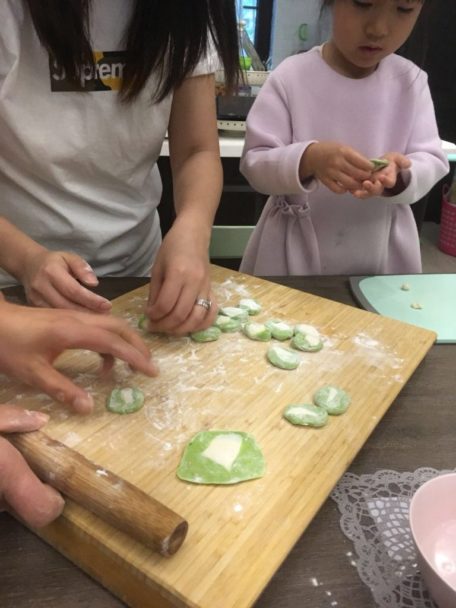
Laura Sprules (English Au Pair) making dumplings with her host family
Check out this blog post about one of ImmerQi’s Au Pairs learning to make dumplings for the first time.
In the film, Nick introduces Rachel to the dumpling making process:
- Place the baby (the meat and vegetable filling) on the bed (the rolled out dough)
- Tuck the baby into the bed (folding and securing the dumpling)
- Eat the baby!
However, Eleanor (Nick’s disapproving mother) uses this family gathering to lecture Rachel about a significant Chinese value: sacrificing personal happiness and self-realisation for the sake of your family.
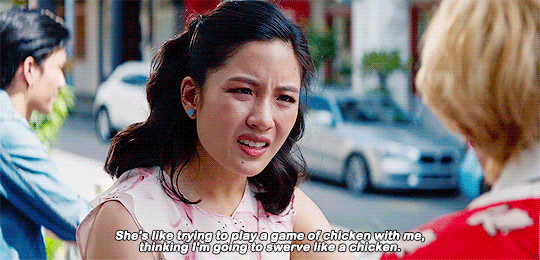
5. The Mahjong Showdown
Rumored to be over 2,500 years old, Mahjong is a popular 4-player game in China. Players try to win by forming sequenced or matching tiles.
The mahjong scene is reminiscent of the one in The Joy Luck Club, the last movie which featured a predominantly Asian cast 25 years ago.
But the mahjong scene in the movie held a deeper meaning than just a mere game. There were deeper layers of meaning behind Rachel and Eleanor’s strategies and tiles. By choosing to include this scene, audiences need to have an understanding of Mahjong and Chinese culture.
Firstly, the four seats in mahjong are named after the compass directions. Eleanor sits in the “East” seat, representing Asia while Rachel sits across her in the “West” seat, representing America.
During the game, Eleanor references a Hokkien term meaning “our kind of people” (kaki lang). She states that Asian Americans are not kaki lang. She is trying to form a winning hand with all the same tiles – an “extended family”.
Right as Rachel lets Eleanor know that Nick proposed to her the day before, she draws the most significant tile in the game: eight of bamboo. This number represents fortune and wealth in Chinese culture. This tile is also Eleanor’s winning tile.
However, Rachel discards the eight of bamboo tile – knowing that Eleanor will select this tile and win. She wants Eleanor to understand that the only reason Nick will find a suitable match down the line is because Rachel is willing to walk away. She knows that if Nick chooses to marry Rachel, he will lose his family. If Nick choses his family, he will hate his mother.
Therefore, Rachel chose for Nick and uses a game of Mahjong to portray her thoughts and actions to Eleanor.
As Sarah Burke writes for Broadly, “It’s a bold move to make something with Asians, but it’s bolder still to make something for Asians.”
6. To follow one’s parents or to follow one’s passion?
Eleanor bluntly tells Rachel that she will never be good enough to join the Young family because she is American. She states: “pursuing one’s passion, how American”. Here, we see how the lives of Chinese children revolve around the family and parent’s collective interests rather than the individuals’ dreams and choices.
Here’s an article on the significance of filial piety in Chinese culture.
As one of the most exciting and rewarding countries to visit, one can learn many of its cultural nuances whilst living and breathing in China/East. Whether you decide to intern, teach, au pair or study in China, this will be an eye opening experience.
Let us know whether you enjoyed learning about Chinese culture through pop culture. If so, we will be sure to post more!

